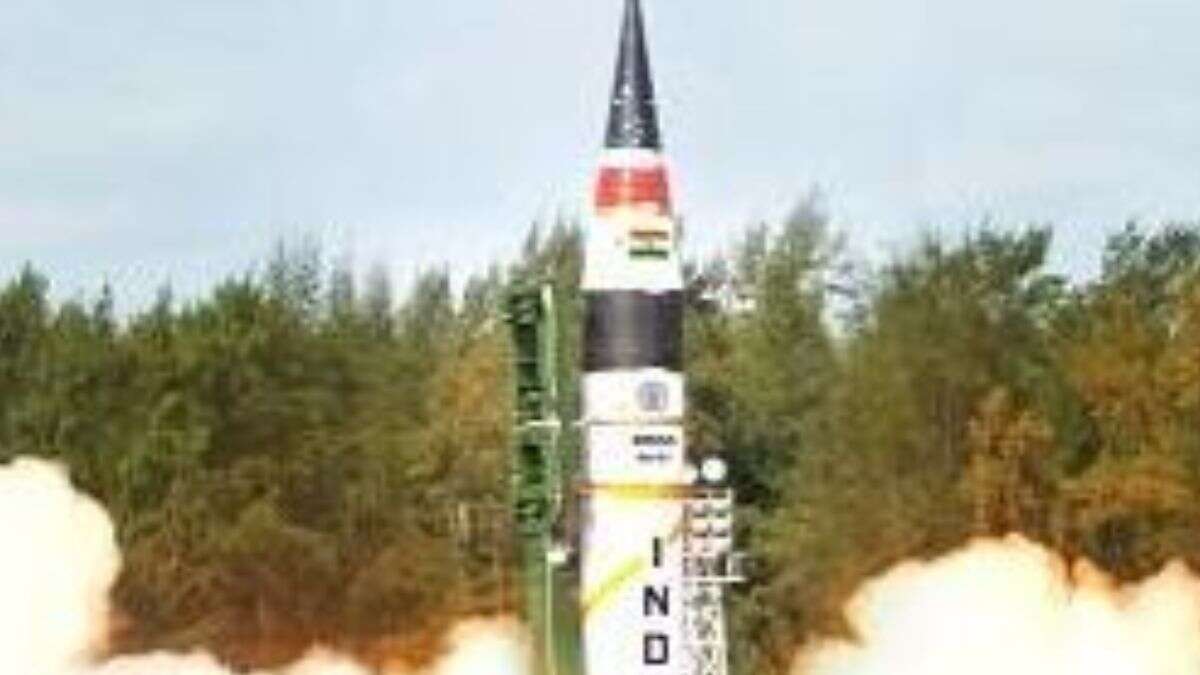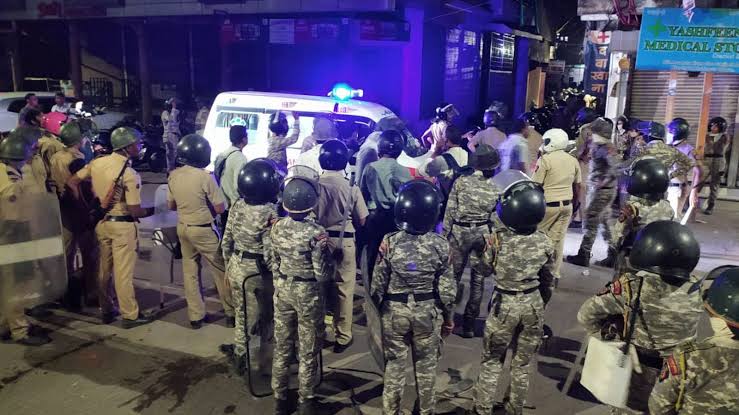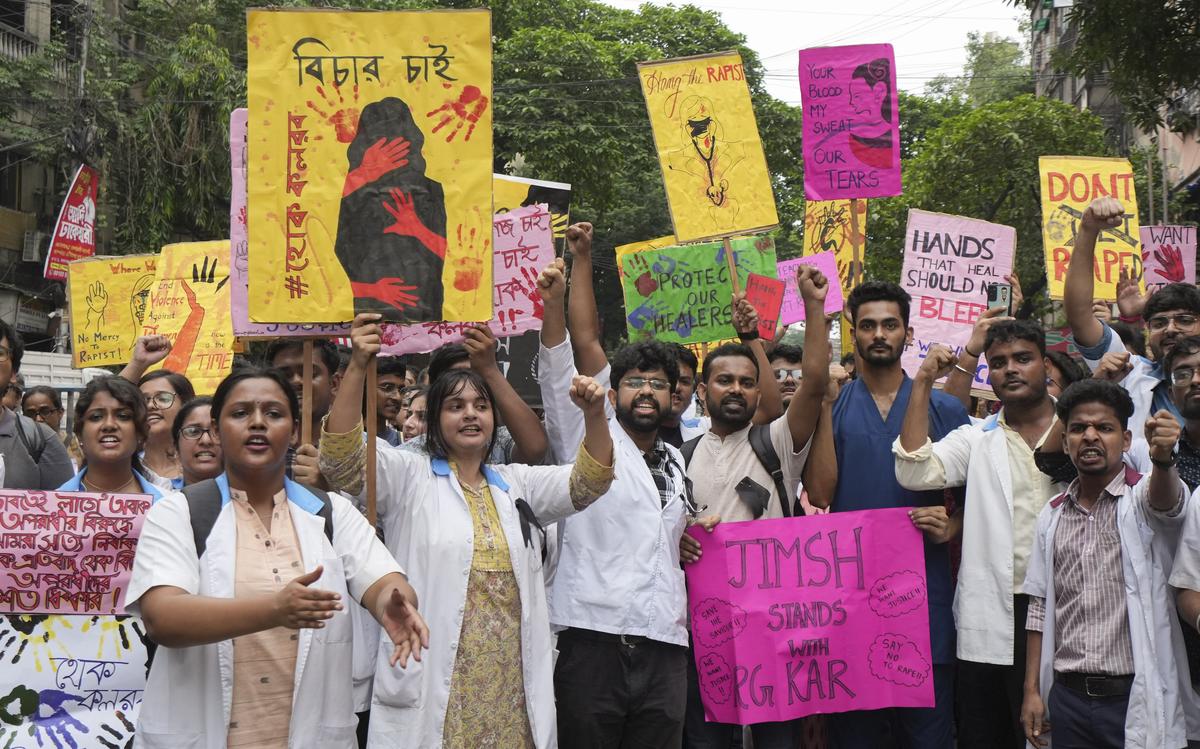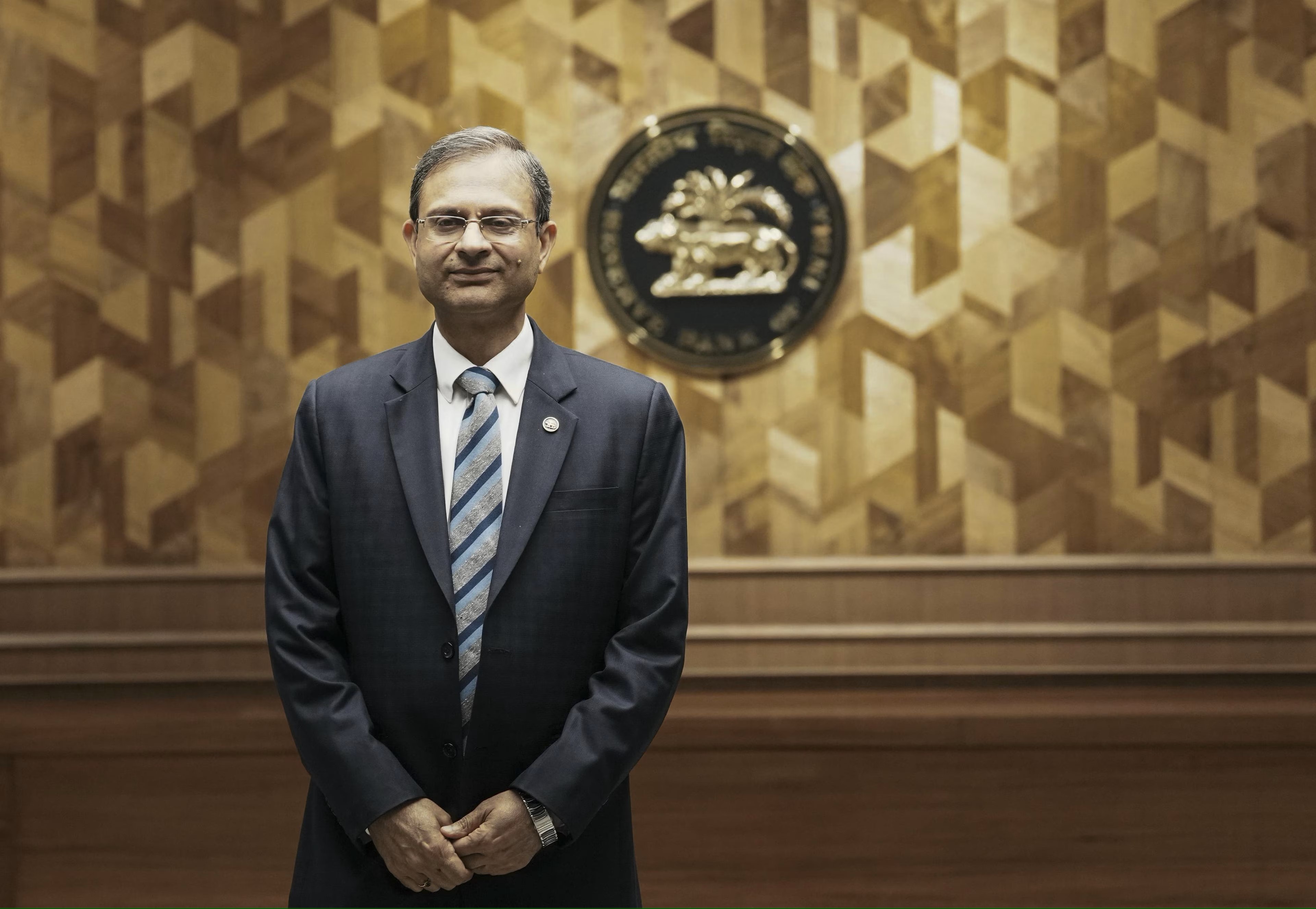Prime Minister Narendra Modi has hailed a breakthrough in India’s defence capabilities, lauding the Indian defence scientists for their success. In a social media post, he expressed his pride in DRDO (Defense Research and Development Organisation) for the accomplishment of the first flight test of the Agni-5 missile equipped with MIRV (Multiple Independently Targetable Re-entry Vehicle) technology.
 This achievement marks a significant milestone in India’s journey towards self-reliance in missile development. The Agni-5 is a long-range, surface-to-surface ballistic missile that forms a critical pillar of India’s strategic arsenal. The successful integration of MIRV technology elevates the Agni-5’s capabilities to a whole new level. MIRV allows the missile to carry multiple independently targeted warheads, which can be deployed on separate targets. This significantly enhances the missile’s overall effectiveness and strengthens India’s strategic deterrence posture.
This achievement marks a significant milestone in India’s journey towards self-reliance in missile development. The Agni-5 is a long-range, surface-to-surface ballistic missile that forms a critical pillar of India’s strategic arsenal. The successful integration of MIRV technology elevates the Agni-5’s capabilities to a whole new level. MIRV allows the missile to carry multiple independently targeted warheads, which can be deployed on separate targets. This significantly enhances the missile’s overall effectiveness and strengthens India’s strategic deterrence posture.
The successful test is a testament to the dedication and expertise of Indian defence scientists and engineers. It signifies India’s growing prowess in developing cutting-edge defence technologies. This indigenous capability is crucial for maintaining a strong national security posture in the face of evolving regional dynamics. The Agni-5 MIRV is expected to play a key role in deterring potential threats and ensuring regional stability.
The successful launch is likely to have significant geopolitical implications. It reinforces India’s position as a major military power and underscores its commitment to safeguarding its strategic interests. The development is also being watched keenly by international defence observers, marking a potential shift in the regional balance of power.
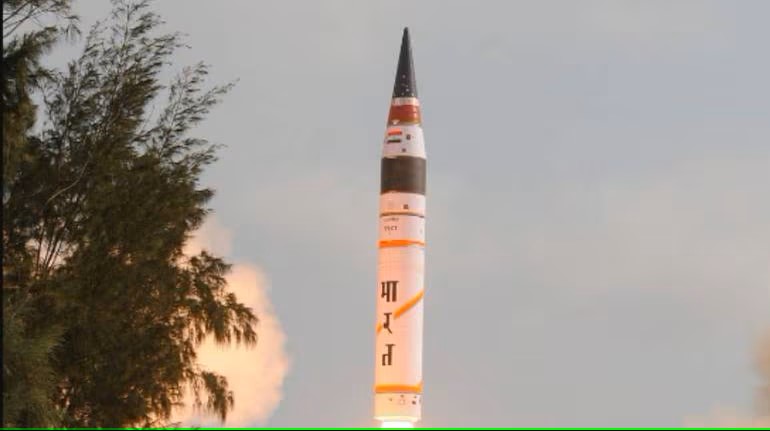 While some may raise concerns about the potential for an arms race in the region, India has consistently maintained a defensive military doctrine. The development of the Agni-5 MIRV is primarily seen as a response to the evolving security threats and advancements made by neighbouring countries. It is expected to contribute to regional stability by deterring potential aggression and encouraging peaceful dialogue.
While some may raise concerns about the potential for an arms race in the region, India has consistently maintained a defensive military doctrine. The development of the Agni-5 MIRV is primarily seen as a response to the evolving security threats and advancements made by neighbouring countries. It is expected to contribute to regional stability by deterring potential aggression and encouraging peaceful dialogue.

